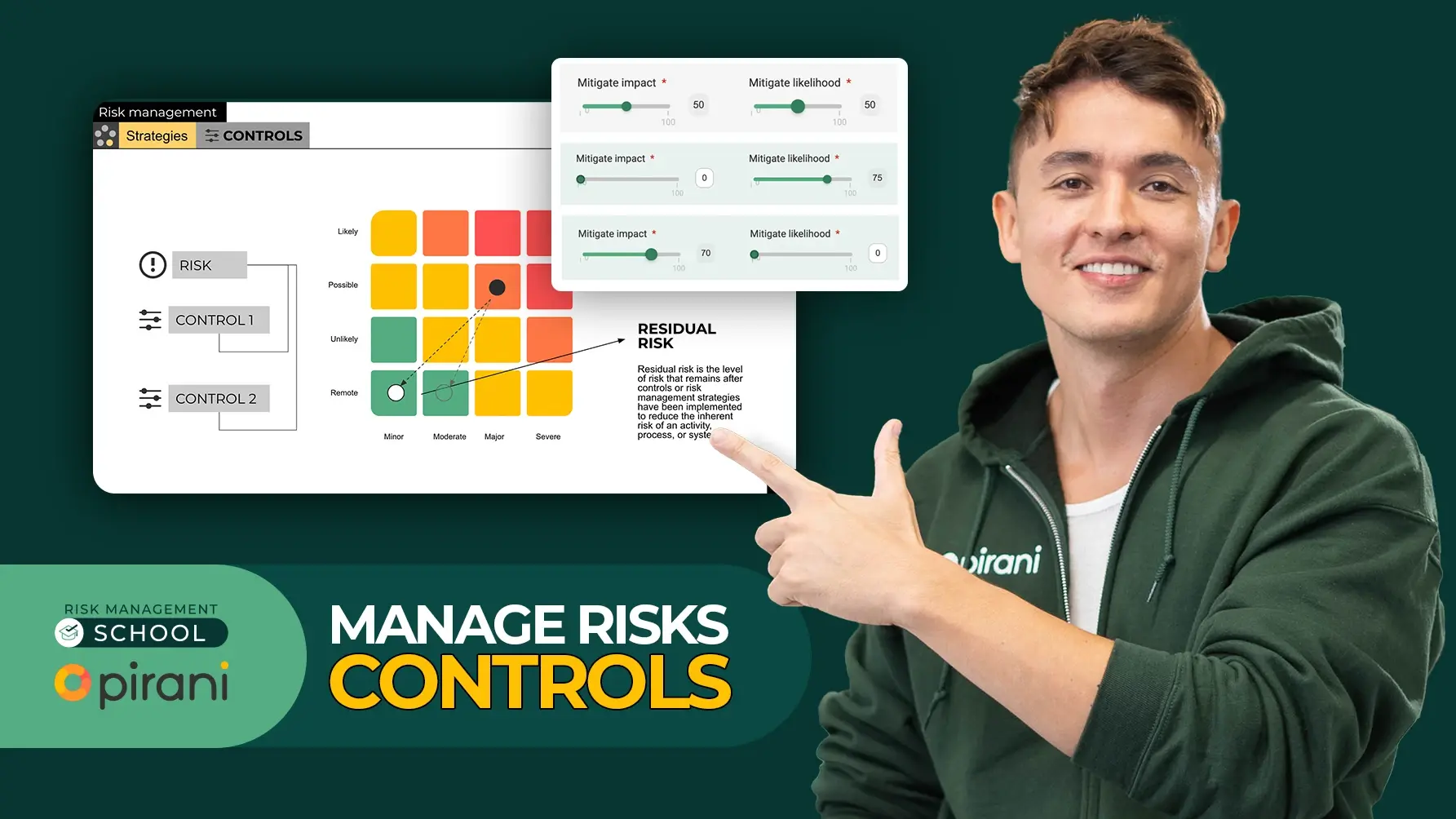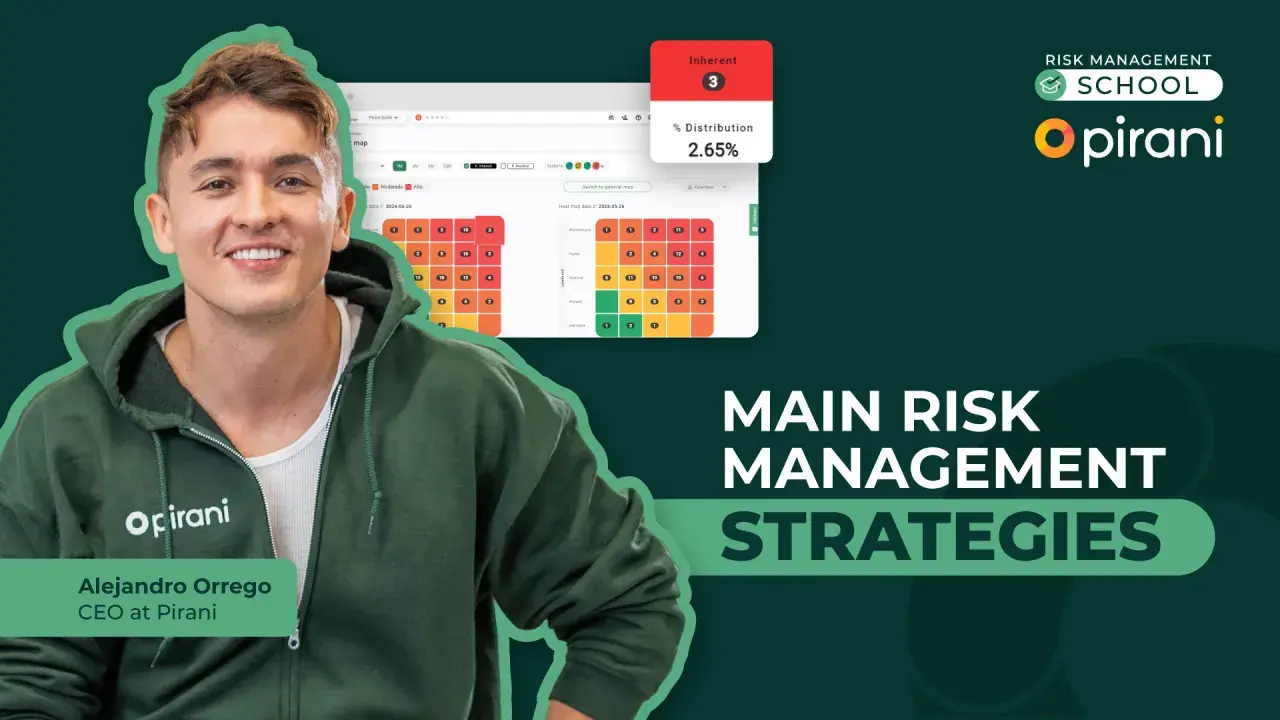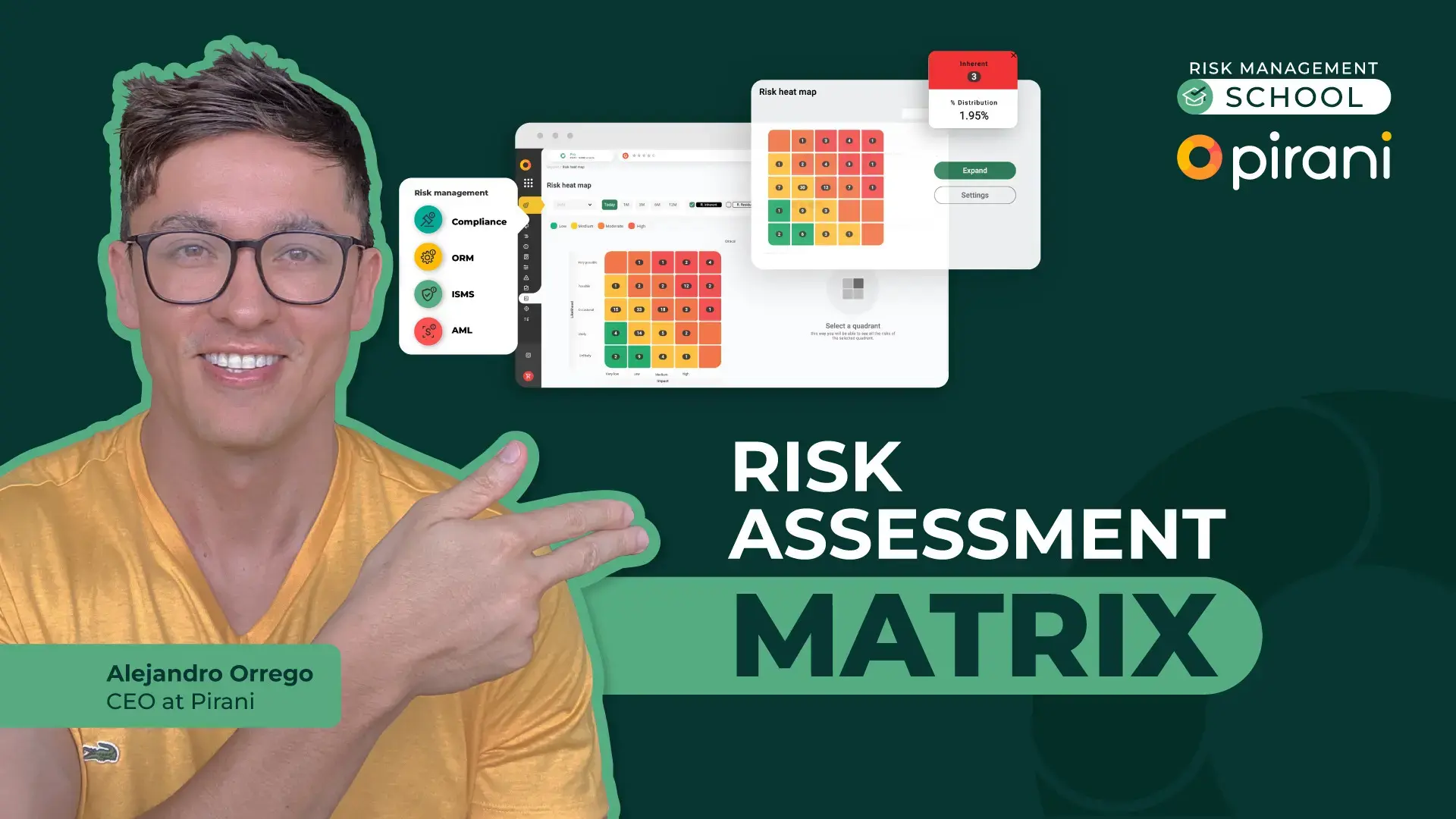[class #7] Artificial Intelligence for risk management
by Risk Management School on 25 de August de 2023
In this class, Facundo Buffa, teaches us what is AI, how is it composed, Machine Learning for segmentation, Natural Language Processing and ChatGPT and how to put this theory in practice with Pirani.
¿What do we mean by intelligence?
- Reasoning
- Problem-solving
- Understanding complex ideas
- Quick learning
- Learning from experience
¿What do we mean by artificial?
These functions being performed by a machine (computer program, system, application) without the need for human resources.
¿How is AI composed?
Artificial Intelligence, Machine Learning, and Deep Learning are tools to achieve a goal, not the goal itself → BUSINESS PROBLEM (OPPORTUNITY)
Machine Learning: Supervised learning and Unsupervised learning
Application of segmentation/clustering for AML (Anti-Money Laundering)
Find groups in which the observations belonging to them are similar (close to each other).
What is the purpose of segmentation?
- Understand: customers, suppliers, products.
- Discover patterns.
- First step towards transactional monitoring (input).
- Comply with regulations.
¿How can we leverage Machine Learning techniques for this problem?
- Accuracy (complex patterns)
- Automation
- Scalability
- Adaptability
- Personalization
- Time efficiency
Clustering algorithms
K-means
- Simplicity
- Efficiency
- Sensitive to initialization
- Sensitive to outliers and different density clusters
BIRCH
- Robustness to noise and outliers
- Flexibility in cluster shape
- High-dimensional data
Data cleaning and preprocessing
Techniques
- Outlier detection
- Categorical variable encoding
- Data normalization
- Principal Component Analysis (PCA)
How to choose the optimal number of segments?
Elbow method
Inertia: The average of the distances from each point to its nearest centroid.
Silhouette
- Cohesion: How similar the data points are within their own cluster (homogeneity)
- Separation: How distinct they are from other clusters (heterogeneity)
Natural Language Processing
Understand, process, and generate human language.
Examples
- Sentiment analysis (tweets, comments, surveys)
- Text classification
- Chatbots
ChatGPT
- Generative: Create new data points
- Pre-trained: 570 GB training dataset
- Transformer: A key factor is its attention mechanism
Applications of ChatGPT in risk management
- Recommendation of potential risks
- Key variables about the company (industry, process, risk system, language, etc.)
- Access to millions of data and experiences on the internet
- Risk classification
- Suggestion of mitigation actions and possible causes
You May Also Like
These Related Stories

[class #3] How to create effective risk management controls

Main risk management strategies



No Comments Yet
Let us know what you think